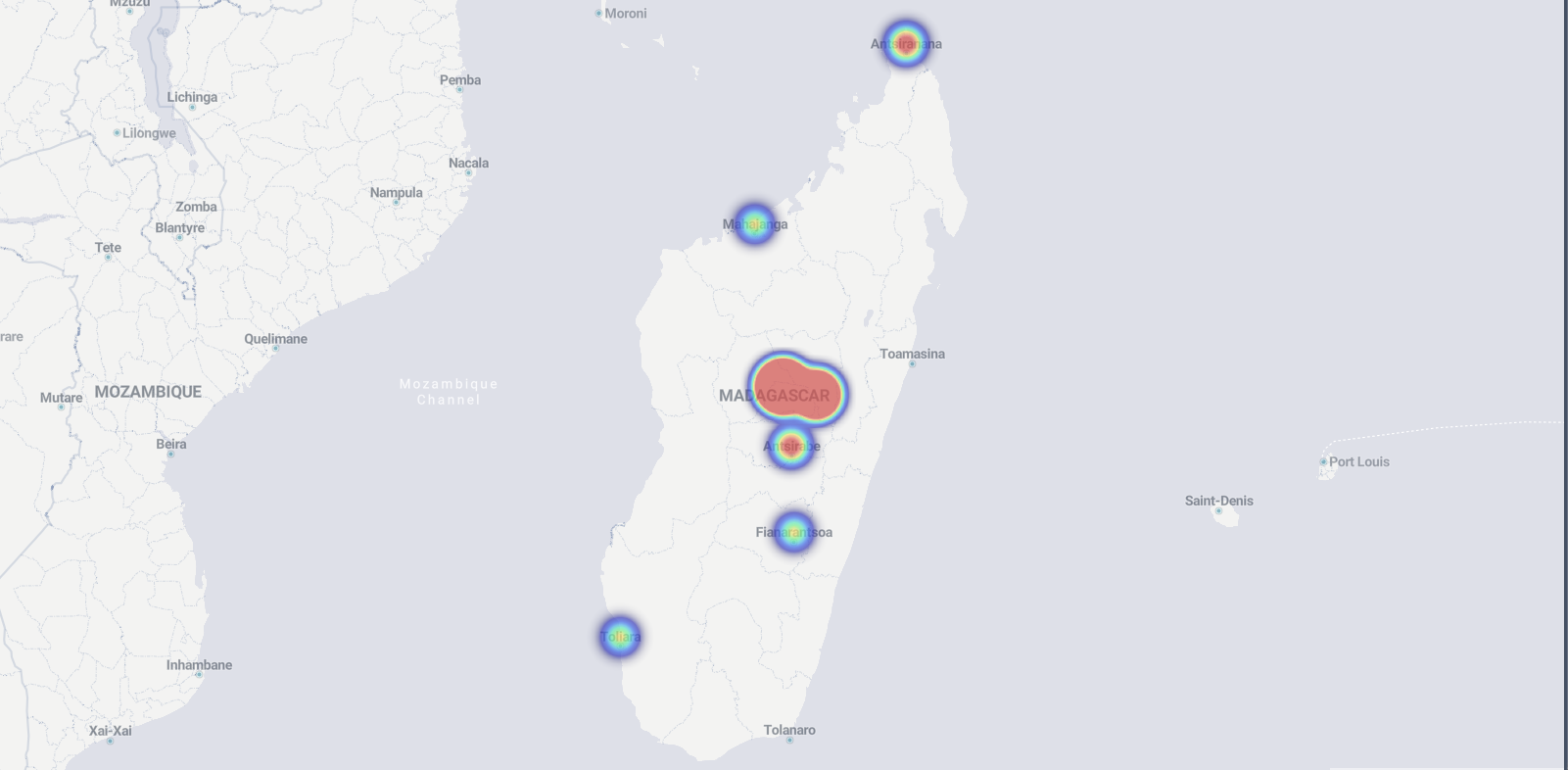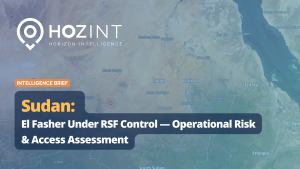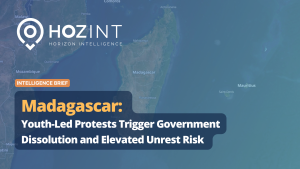Key points
-
Since 25 September 2025, large youth-led protests over chronic power and water cuts have erupted across Madagascar, centred in Antananarivo; clashes left at least 22 people dead and 100+ injured, per UN figures.
-
On 29 September, President Andry Rajoelina dismissed Prime Minister Christian Ntsay and dissolved the government; ministers remain in caretaker roles while a new cabinet is formed.
-
Authorities imposed dusk-to-dawn curfews and heavy policing; demonstrations and sporadic looting disrupted transport in several cities. Antananarivo-Ivato airport remains open, though some flights were cancelled.
-
The U.S. raised its travel advisory to Level 3 (“Reconsider Travel”) on 27 September due to crime and unrest; similar warnings were echoed by other outlets.
Event description
When: Protests began on 25 September 2025 and continue as of 30 September 2025.
What: Mass demonstrations—largely youth/Gen Z—against frequent electricity and water outages escalated into clashes with security forces. Police used tear gas and rubber bullets; isolated vandalism and looting occurred.
Who: Protesters with a decentralised organisation; the Government of Madagascar, led by President Andry Rajoelina; security forces; UN observers reporting casualties.
Where: Primarily Antananarivo (notably near the University), with unrest and rallies reported in other major cities (e.g., Antsirabe, Antsiranana).
How: Mobilisation via social media and youth networks, echoing recent Gen Z protest repertoires from Kenya/Nepal; the government responded with curfews, a cabinet dismissal, and promises of reforms.

Analysis
Madagascar’s latest unrest fuses socioeconomic grievance (service outages, living costs) with a digitally networked protest style that has gained momentum across parts of Africa and Asia in 2024–25. Organisers leveraged online tools and symbols to rapidly coordinate gatherings and shape narratives, widening participation beyond formal opposition parties and complicating the state’s usual protest-management playbook.
The casualty count (UN: 22 dead, 100+ injured) underscores an escalatory policing pattern seen in prior Malagasy crises: authorities rely on crowd-control measures and curfews but struggle to prevent opportunistic violence and lootings once mass events crest. The government disputes the reported death toll, a familiar contention in contested information environments.
President Rajoelina’s dissolution of the government is a classic pressure-release tactic intended to signal responsiveness without ceding executive authority. In the near term, the move may split softer protest constituencies while buying time to reshuffle energy and infrastructure portfolios. Yet unless outages abate and credible accountability measures follow, the cabinet reset risks being read as cosmetic, sustaining protest stamina.
Operationally, the unrest has disrupted urban mobility via impromptu barricades, police cordons, and curfews. While Antananarivo-Ivato (TNR) remains operational, flight cancellations and delays have been reported; overland intercity routes face periodic blockages and opportunistic banditry risks after dark. Banking, retail, and politically connected properties have been targeted in some locales, raising localized property-damage and business-interruption exposures.
Potential disruptions & travel advice
-
City movement: Expect rolling road closures near government buildings, universities, transport hubs, and central squares. Build contingency time into itineraries; avoid protest sites and comply with curfews.
-
Air travel: TNR is open, but schedules are volatile. Confirm flights directly with airlines; have re-routing options via regional hubs (e.g., Nairobi, Johannesburg).
-
Digital risk: Madagascar has a precedent—shared with several Sub-Saharan states—of restricting mobile data/social media during unrest or elections; contingency for comms blackouts (satellite messengers, offline maps) is prudent.
-
Security posture: Use vetted drivers; avoid night travel; maintain a low profile near political landmarks. Review hotel security (access controls, backup power). Register with your embassy; note the U.S. Level 3 advisory (27 Sept).
Broader context and risks
Madagascar’s politics remain cyclical, with legitimacy disputes (e.g., the contentious 2023 re-election) and service-delivery failures feeding recurrent urban protest waves. The current “Gen Z” framing adds durability: decentralized leadership and online mobilization make protests harder to decapitate, even after a cabinet purge. If outages persist through October, renewed mass turnouts, especially around symbolic venues, are likely. Conversely, visible improvements in power/water provision and credible investigations into protester deaths could de-escalate tensions.
The security forces’ rules-of-engagement will heavily influence the trajectory. Further use of live ammunition (as alleged by the UN) would risk radicalising the movement and inviting sharper international scrutiny, potentially affecting aid and investment flows. A heavy-handed approach also raises the probability of opportunistic criminality hitching onto protests, extending the disruption footprint.
Forecast
One-month outlook: Volatile but containable. Expect intermittent rallies in Antananarivo and select secondary cities, with crowd sizes fluctuating in line with power/water reliability and cabinet formation milestones. Curfews and rapid police dispersals will continue; isolated looting remains a risk at the periphery of large gatherings. Flight operations at TNR will likely remain open with episodic cancellations.
Three-month outlook: Conditional stabilisation. If a new cabinet quickly prioritises load-shedding relief and communicates milestones credibly, protest intensity should ebb by year-end. However, persistent outages, perceived impunity for security-force abuses, or attempts to restrict online mobilization (e.g., data throttling) could trigger renewed surges. Prior regional patterns suggest governments may restrict internet access during politically sensitive windows, a risk stakeholders should plan around.
The immediate trigger is service provision, but the deeper driver is governance legitimacy among a digitally networked youth. The government’s cabinet reset buys time; only tangible improvements in daily life and a measured security response will convert it into durable calm.



